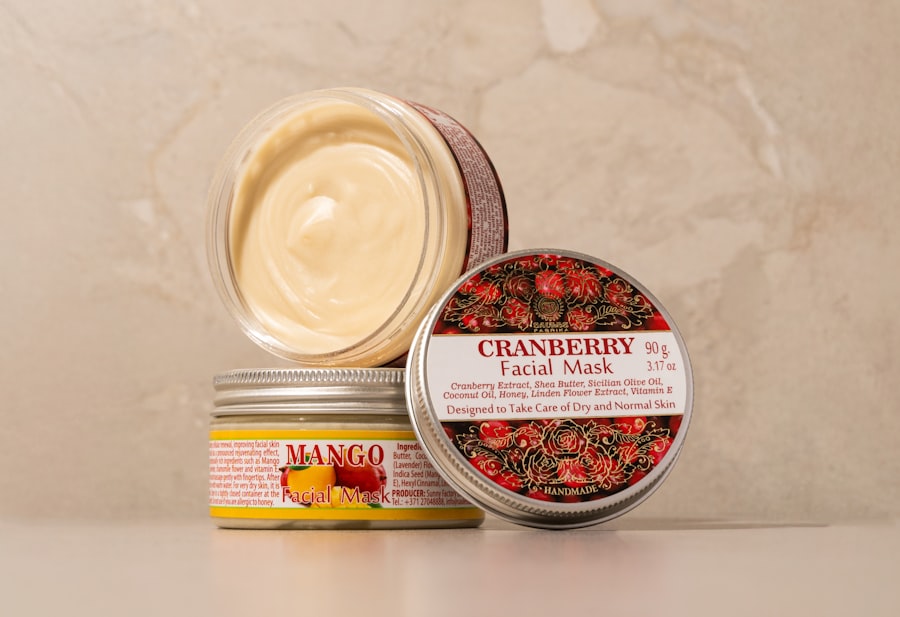After undergoing laser hair removal, the significance of proper aftercare cannot be overstated. You may find that the treatment offers a long-lasting solution to unwanted hair, but the results can be compromised without appropriate post-treatment care. The skin in the treated area is often sensitive and may require special attention to ensure optimal healing and effectiveness.
By adhering to aftercare guidelines, you not only enhance the results of your treatment but also minimize the risk of complications. Moreover, understanding the importance of aftercare can help you maintain the smooth, hair-free skin you desire. The laser targets hair follicles, and while it effectively reduces hair growth, your skin needs time to recover from the procedure.
Neglecting aftercare can lead to irritation, discoloration, or even infection. Therefore, taking the time to follow the recommended aftercare steps is essential for achieving the best possible outcome from your laser hair removal experience.
Key Takeaways
- Proper aftercare is crucial for successful laser hair removal treatment
- Follow post-treatment instructions provided by your technician
- Use gentle skincare products on the treated area to avoid irritation
- Avoid sun exposure to prevent skin damage and pigmentation issues
- Manage discomfort and irritation with cool compresses and soothing creams
Post-Treatment Instructions
Following your laser hair removal session, you will receive specific post-treatment instructions from your practitioner. These guidelines are tailored to your individual needs and the specifics of your treatment. It is crucial that you pay close attention to these instructions and follow them diligently.
For instance, you may be advised to avoid hot showers, saunas, or intense workouts for a few days following the procedure. This is because heat can exacerbate irritation and sensitivity in the treated area. In addition to avoiding heat, you may also be instructed to refrain from using certain skincare products that could irritate your skin.
Products containing retinoids, alpha hydroxy acids, or fragrances should be avoided for a specified period. Instead, opt for gentle cleansers and moisturizers that will help soothe your skin as it heals. By adhering to these post-treatment instructions, you can significantly enhance your comfort and ensure that your skin recovers properly.
Skincare Routine for Treated Area
Establishing a skincare routine for the treated area is vital in promoting healing and maintaining the results of your laser hair removal. You should start by cleansing the area gently with a mild soap or cleanser that is free from harsh chemicals. This will help remove any residual gel or debris without causing further irritation.
After cleansing, it’s important to apply a soothing moisturizer to keep the skin hydrated and promote healing. In addition to moisturizing, consider incorporating products with calming ingredients such as aloe vera or chamomile into your routine. These natural ingredients can help reduce redness and inflammation while providing a cooling effect on your skin.
Remember to apply these products gently; avoid scrubbing or using abrasive materials on the treated area, as this can lead to further irritation or damage. By nurturing your skin with a thoughtful skincare routine, you can support its recovery and enhance the overall results of your treatment.
Avoiding Sun Exposure
| Metrics | Value |
|---|---|
| Sunscreen Usage | 80% |
| Time Spent in Shade | 60% |
| Use of Protective Clothing | 70% |
| Sunburn Incidents | 10% |
One of the most critical aspects of aftercare following laser hair removal is avoiding sun exposure. Your skin will be particularly sensitive after treatment, making it more susceptible to sunburn and pigmentation changes. It is advisable to stay out of direct sunlight for at least two weeks post-treatment.
If you must be outdoors, wearing protective clothing and a wide-brimmed hat can provide an extra layer of defense against harmful UV rays. In addition to physical protection, applying a broad-spectrum sunscreen with a high SPF is essential. This will help shield your skin from UV damage and prevent any potential discoloration in the treated area.
Make it a habit to reapply sunscreen every two hours if you are spending extended periods outside. By taking these precautions seriously, you can safeguard your skin and ensure that the results of your laser hair removal remain intact.
Managing Discomfort and Irritation
It’s not uncommon to experience some discomfort or irritation following laser hair removal. You may notice redness, swelling, or a sensation similar to sunburn in the treated area. To manage this discomfort effectively, consider applying a cold compress or ice pack wrapped in a cloth to the area for short intervals.
This can help alleviate swelling and provide immediate relief from any heat sensation. Over-the-counter pain relief medications such as ibuprofen or acetaminophen can also be beneficial in managing discomfort. However, it’s essential to consult with your practitioner before taking any medication to ensure it’s appropriate for your situation.
Additionally, avoid scratching or picking at the treated area, as this can lead to further irritation or even infection. By taking proactive steps to manage discomfort, you can enhance your overall experience and promote a smoother recovery.
Potential Risks and Side Effects

While laser hair removal is generally considered safe, it’s important to be aware of potential risks and side effects associated with the procedure. Some individuals may experience temporary side effects such as redness, swelling, or minor blistering in the treated area. These effects typically subside within a few days but can be concerning if not properly managed.
In rare cases, more severe side effects may occur, including changes in skin pigmentation or scarring. It’s crucial to discuss any concerns with your practitioner before undergoing treatment so that you have realistic expectations about what to anticipate. They can provide guidance on how to minimize risks and what signs to watch for during your recovery process.
Being informed about potential side effects allows you to take appropriate action should any issues arise.
Long-Term Maintenance
Achieving smooth skin through laser hair removal is just one part of the journey; long-term maintenance is equally important for sustaining results. While many individuals experience significant hair reduction after a series of treatments, some may require occasional touch-ups to maintain their desired look. It’s advisable to schedule follow-up appointments as recommended by your practitioner based on your individual hair growth patterns.
In addition to professional touch-ups, maintaining a consistent skincare routine is essential for long-term success. Continue using gentle cleansers and moisturizers while avoiding harsh products that could irritate your skin. Staying hydrated and maintaining a healthy lifestyle can also contribute positively to your skin’s overall health and appearance.
By committing to long-term maintenance practices, you can enjoy the benefits of laser hair removal for years to come.
Follow-Up Appointments and Touch-Up Treatments
Follow-up appointments play a crucial role in ensuring that you achieve optimal results from your laser hair removal treatment. These sessions allow your practitioner to assess your progress and determine if additional treatments are necessary. Depending on factors such as hair growth cycles and individual response to treatment, you may need touch-up sessions every few months or annually.
During these follow-up appointments, don’t hesitate to discuss any concerns or questions you may have regarding your results or aftercare practices. Your practitioner is there to support you throughout this process and can provide valuable insights tailored specifically to your needs. By staying engaged in your treatment plan and attending follow-up appointments as scheduled, you can maximize the effectiveness of your laser hair removal journey and enjoy lasting results that enhance your confidence and comfort in your own skin.
After undergoing laser hair removal on your face, it is crucial to follow proper aftercare instructions to ensure the best results. One helpful article on this topic can be found at InLaserHairRemoval. This article provides valuable tips and advice on how to care for your skin post-treatment to minimize any potential side effects and maximize the effectiveness of the procedure. Remember, taking care of your skin after laser hair removal is just as important as the treatment itself.
FAQs
What is laser hair removal aftercare for the face?
Laser hair removal aftercare for the face refers to the steps and precautions that should be taken after undergoing a laser hair removal treatment on the facial area. This includes skincare routines, avoiding certain activities, and protecting the skin from potential side effects.
What are the common aftercare instructions for laser hair removal on the face?
Common aftercare instructions for laser hair removal on the face may include avoiding sun exposure, using gentle skincare products, avoiding exfoliation, and keeping the treated area clean and moisturized. It is also important to follow any specific instructions provided by the treatment provider.
How long does it take for the skin to recover after laser hair removal on the face?
The recovery time after laser hair removal on the face can vary depending on individual skin sensitivity and the intensity of the treatment. In general, the skin may experience redness and sensitivity for a few days to a week after the treatment, but this should gradually improve.
Are there any specific products to avoid after laser hair removal on the face?
After laser hair removal on the face, it is recommended to avoid using harsh or abrasive skincare products, as well as products containing alcohol or fragrances. Additionally, it is best to avoid exfoliating the treated area and to use gentle, non-irritating products.
What are the potential side effects of laser hair removal on the face?
Potential side effects of laser hair removal on the face may include redness, swelling, and sensitivity in the treated area. In some cases, temporary changes in skin pigmentation or mild blistering may occur. It is important to follow aftercare instructions to minimize these potential side effects.







